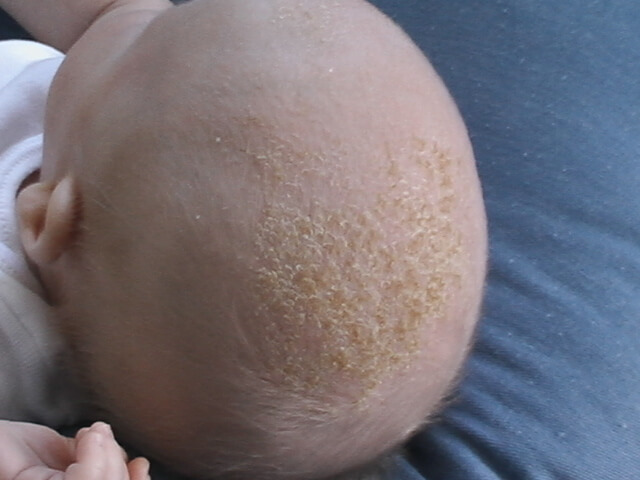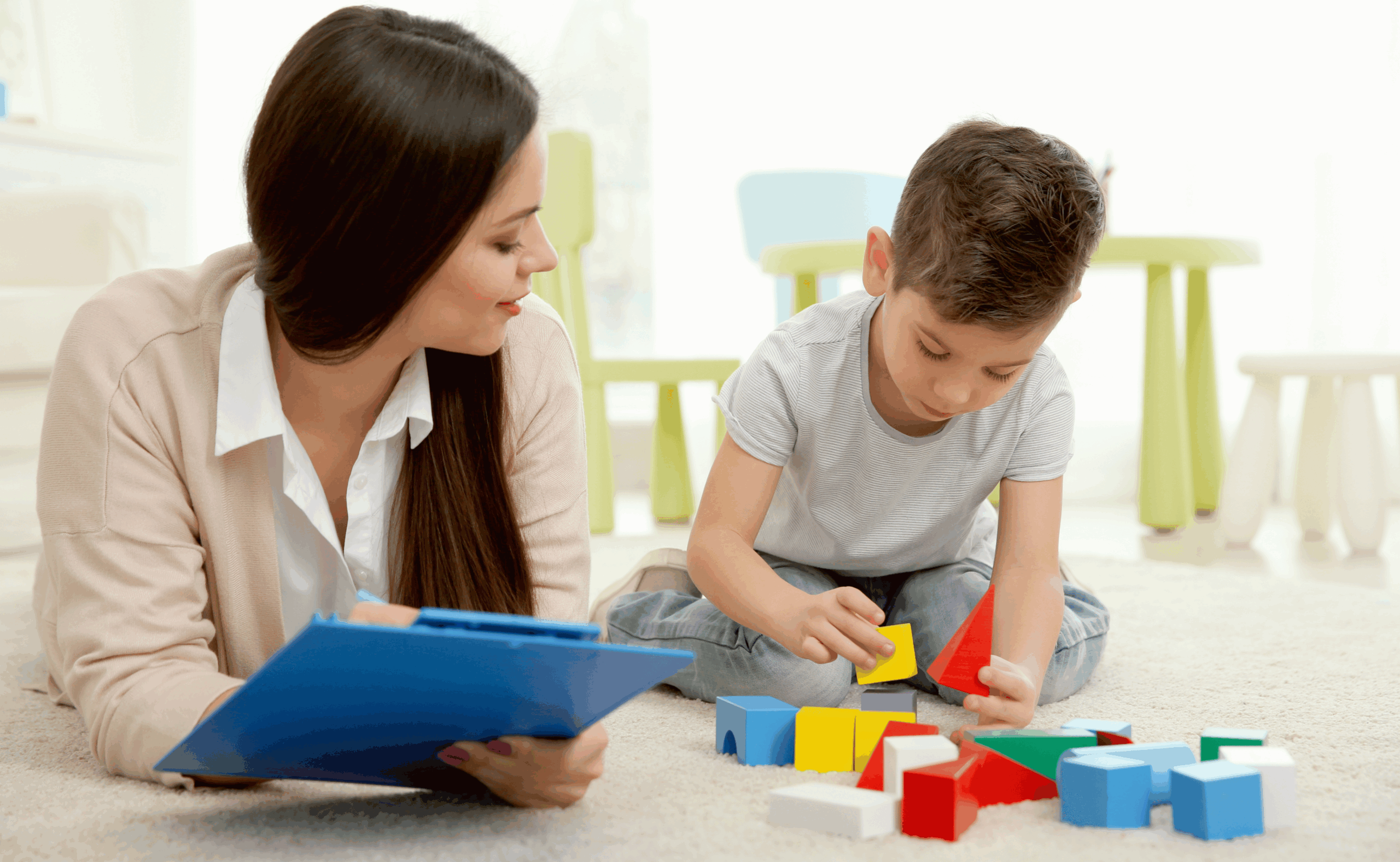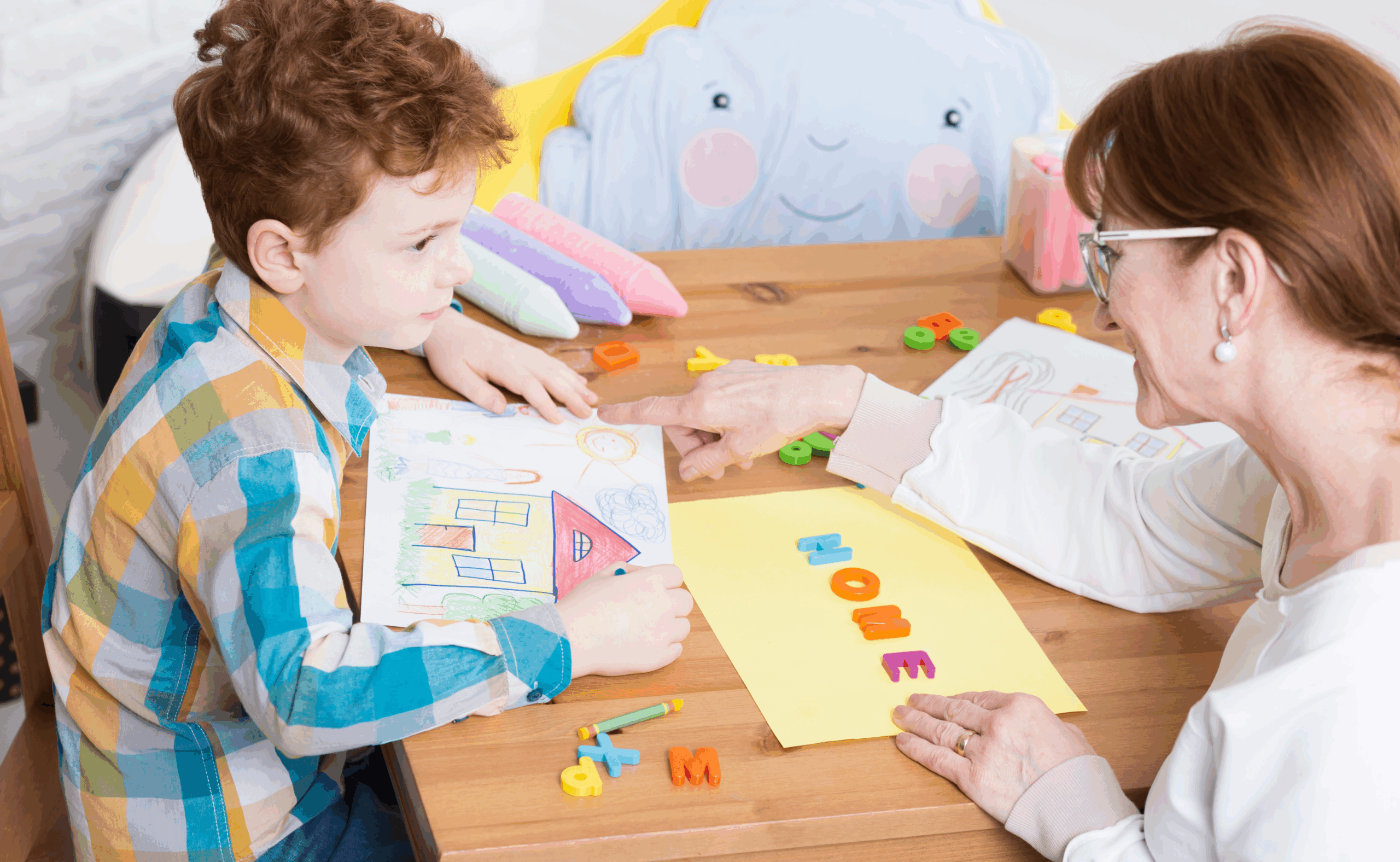For all parents, fussing over every little thing about their baby’s health is perfectly normal. Even baby dandruff or flaky scalp can worry them! Luckily, common scalp conditions are something that can easily be addressed.
Since babies have soft and sensitive skin, they are more prone to having different scalp conditions like dry skin or dry scalp and cradle cap.
But how do you know if your baby has these scalp conditions? What is the difference between the two, and how do you treat them? This article will answer each of these questions, plus other things you should know about your baby’s scalp.
What is a Dry Scalp?
Baby dry scalp is a common skin condition characterized by dry skin developed on the scalp. This can be caused by several factors, from weather to the shampoo your baby uses.
Dry scalp is simply baby dandruff, but may also progress and be linked with other conditions such as cradle cap. If your baby has this, white flakes and dead skin cells may fall off as you scratch their head.
Having this condition is usually not something to be worried about. However, you should still monitor your baby’s scalp in case there is any irritation or discomfort.
What Are The Causes of Dry Scalp?
A common cause of baby dry scalp in babies is long baths or too much washing. Overwashing their hair can strip the scalp off of its natural oils that are needed to keep it hydrated.
Using harsh hair products, as well as failing to rinse all shampoo in your baby’s hair, can also cause this.
You may also notice that your baby’s scalp condition changes along with the season. During winter, the humidity drops, which dries out the baby’s skin. Similarly, summer heat and sunburn can have the same effect.
If your baby’s dry scalp is accompanied by an itchy rash, allergic reactions might be the cause – although this is much less common.
What Are the Symptoms of Dry Scalp?
Some symptoms of a baby’s dry scalp are dry skin flakes and a scaly scalp. There may also be slight redness or inflammation around the affected area. Having brownish or yellowish thick layers on the scalp is also a symptom.
What Is a Cradle Cap?
Cradle cap is the common name for infantile seborrheic dermatitis. This skin condition was named cradle cap because of how the scaly patches often appear on the head, where a cap is worn.
Seborrheic dermatitis or cradle cap is also characterized by thick white or yellowish scales. However, instead of having dry flakes, the patches from a cradle cap are oily to the touch.
Since the patches look scaly, you may be tempted to apply oils or lotion to the affected area. However, this can be ineffective since the skin buildup is caused by an overproduction of oil, not a lack of moisture.
This skin condition is also common to babies. It is estimated that 10 percent of babies at one month of age are affected by seborrheic dermatitis, which peaks at 70 percent at three months of age.
What Are The Causes of a Cradle Cap?
Despite how prevalent cradle cap is, doctors still do not know the exact cause of this skin condition.
One common theory on what causes cradle cap is overactive sebaceous glands or oil glands. Oil glands are responsible for secreting sebum, which is the natural oil that keeps the baby’s skin hydrated.
When overactive oil glands produce excess sebum in the hair follicles, it may harden and form clusters. This can also clog the pores, causing them to build up on top of each other.
A fungal infection may also be another cause of cradle cap. If a baby is exposed to antibiotics, either from direct intake or from the mother’s, these antibiotics may also destroy good bacteria that are meant to prevent fungal infection.
Another possible cause is the overgrowth of Malassezia underneath the skin. Malassezia is a strain of yeast found on the skin that can colonize the sebaceous glands and cause skin conditions.
Even though there are a lot of possible causes, one thing we truly know is that cradle cap is not caused by poor hygiene.
What Are The Symptoms of Cradle Cap?
Thick, crusty, and oily layers of skin on the baby’s scalp are common symptoms of cradle cap. It can also show as rough and oily yellow patches or bumps on the baby’s head.
In some instances, babies experience hair loss at spots where they have a cradle cap. This is not something to be worried about since hair will still grow back once the cradle cap is gone.
How Is a Cradle Cap Diagnosed?
Your baby’s pediatrician can diagnose a cradle cap just by seeing the affected skin. There is no need to undergo any tests to diagnose this condition.
What Else Should You Know About Cradle Cap?
Despite how they look, babies do not feel itchy from having cradle caps. You should also not worry about it being passed on from person to person since this is not contagious.
Cradle caps can also be present in other parts of the body and the baby’s face. It can appear as thick crusts on the nose, ears, neck, diaper area, and armpits.
How to Treat a Baby’s Dry Scalp and Cradle Cap at Home?
Cradle cap typically goes away on its own after a few weeks. But if you want to speed up the healing process, there are treatments that you could do for your baby at home.
Luckily, how you treat cradle cap can also be effective in treating a baby’s dry scalp. Here are some things you could do:
Change Your Baby’s Bath Routine
Try to limit bath times to 10 minutes or less to prevent drying out the scalp.
Your baby’s shampoo schedule also depends on which condition your baby has.
If their scalp is dry, shampooing up to three times a week is recommended. Since shampooing can strip off the hair from its natural oils, doing this less can keep the scalp from being dry. If the baby has a cradle cap, shampooing daily can help address the oily patches that are present.
If recommended by your baby’s doctor, you can also use medicated shampoo for treatment when washing their hair.
No matter if you use a mild shampoo or medicated shampoo, always remember to leave the shampoo on for about two minutes before rinsing everything off.
Brush Your Baby’s Hair
After washing their hair, make sure to brush it so the scaly patches can loosen and fall. You can use a soft brush or baby brush that is specially made to remove cradle cap flakes.
Use Mineral Oil on the Baby’s Scalp
Another trick is to use mineral oil to soften and loosen the flakes on the baby’s head. You can also use other emollients like petroleum jelly, olive oil, baby oil, and other essential oils as an alternative.
Massage the emollient on their scalp and let it soak for a few minutes. Afterward, make sure to rinse and wash off all the oil, otherwise, the remaining oil can make the condition worse.
Apply an Ointment
If the scalp is inflamed, your baby’s doctor may recommend using an ointment or hydrocortisone cream as a treatment. Hydrocortisone cream is a steroid cream used to reduce redness, itching, or swelling.
However, remember that you need to have a doctor’s prescription before applying any ointment. This is to ensure that the medication you will use is safe for the baby.
How to Prevent Dry Scalp and Cradle Cap?
As a rule of thumb, keeping your baby’s scalp healthy and clean can help prevent cradle cap and dry scalp.
To do this, wash their hair regularly with mild baby shampoo and brush it. Also, remember not to keep bath times too long to avoid drying out the scalp.
Keep your baby safe from extreme weather conditions, especially during hot and cold weather. Protect your child’s hair and head with a hat. Also, use protective clothing that is appropriate for the weather.
Here’s to a Healthier Scalp for Your Baby
As parents, we all want the best for our children. Knowing the first signs of a baby’s dry scalp and cradle cap and how to treat them is a great way to keep your baby’s scalp healthy.
Just always remember that while a dry scalp and cradle cap are conditions you can easily address at home, there are still other skin conditions that might affect your baby’s scalp such as head lice and eczema.
If you’re concerned whether your baby has cradle cap or dry skin, and especially if their condition is not improving, or if they’re showing signs of redness or irritation, it is recommended that you see a doctor or pediatrician get your baby checked.
Key Takeaways:
- Dry scalp is a common skin condition in infants. It akin to dandruff and may be caused by several factors.
- Cradle cap is a more serious skin condition, also known as Seborrheic dermatitis
- Knowing the difference between cradle cap and dry skin is important so you can provide the proper treatment.







